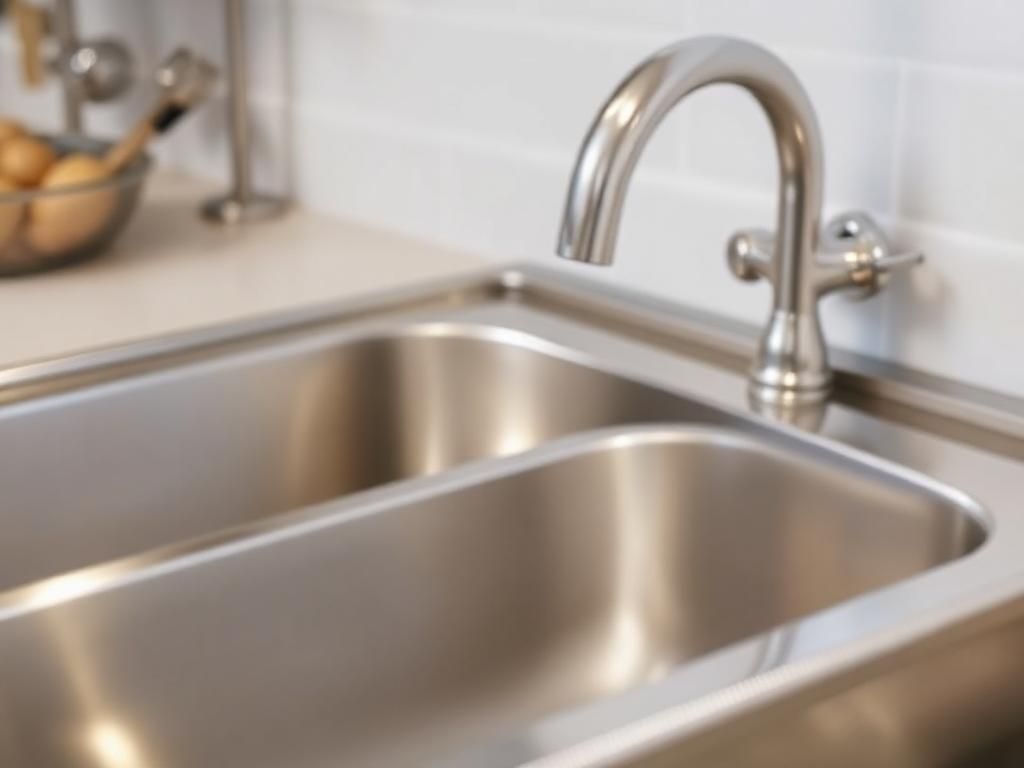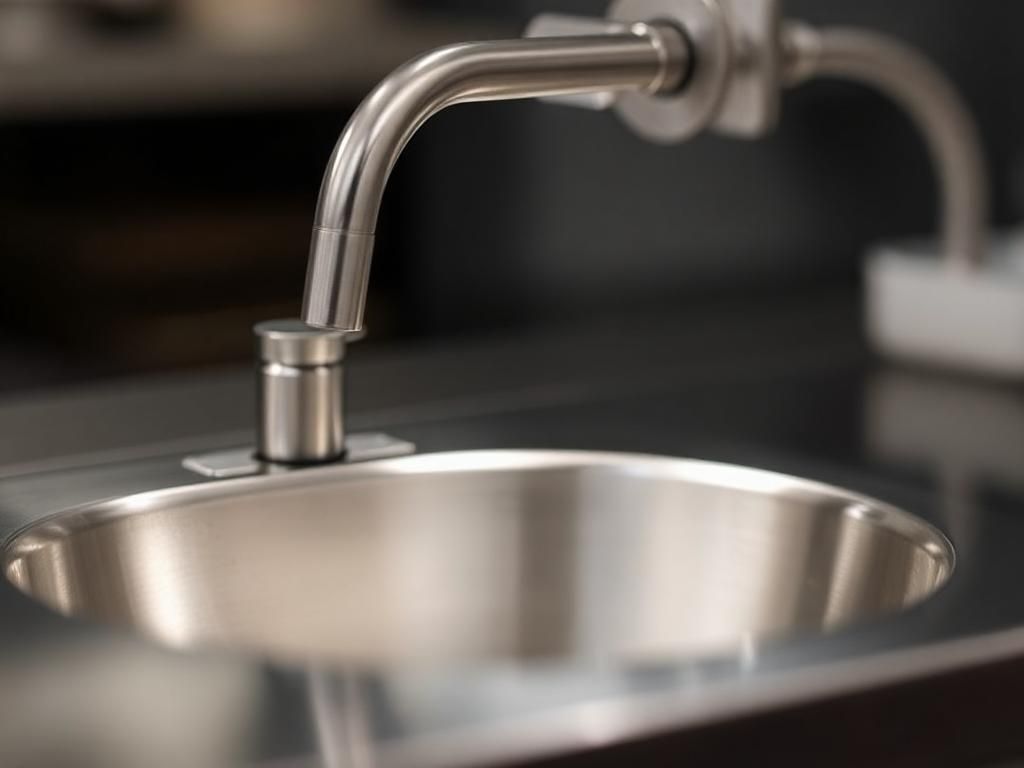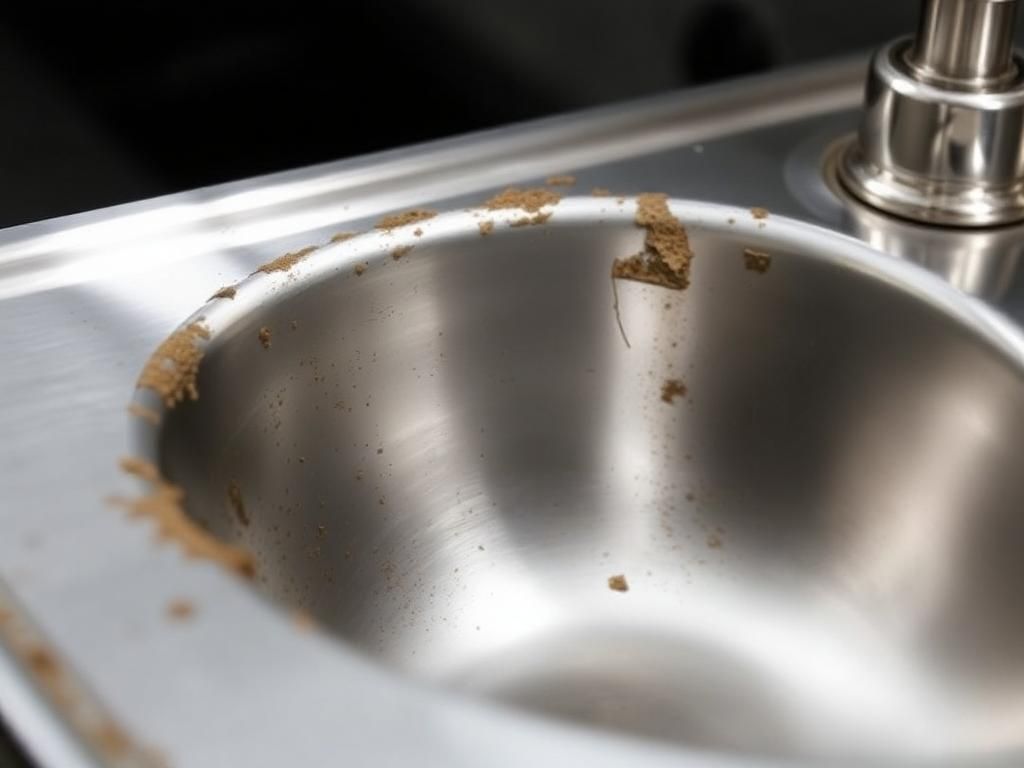Stainless steel is a popular choice for a variety of products, including kitchen appliances, cutlery, and fixtures due to its resistance to rust, corrosion, and tarnishing. However, understanding whether does stainless steel tarnish is essential for maintaining its aesthetic appeal and functionality over time. This article delves into the fundamental properties of stainless steel, the factors influencing tarnishing, prevention methods, restoration techniques, and much more.
Understanding Stainless Steel
Composition of Stainless Steel
Stainless steel is an alloy primarily composed of iron, carbon, and a minimum of 10.5% chromium. The addition of chromium is crucial as it forms a passive layer of chromium oxide on the surface which protects the steel from corrosion. Nickel is frequently added to enhance corrosion resistance and improve the alloy’s ductility and toughness.
Types of Stainless Steel
There are numerous grades of stainless steel, each suited for specific applications. The most common grades include:
– **304 Stainless Steel**: This is the most widely used type, ideal for kitchen equipment, piping, and food processing.
– **316 Stainless Steel**: Known for its high corrosion resistance, it is used in marine environments.
– **430 Stainless Steel**: This type is less rust-resistant and is often used in appliances and automotive applications.
Each grade has distinct properties that affect its resistance to tarnishing and corrosion.
What is Tarnishing?
Definition of Tarnish
Tarnish refers to the discoloration and dulling of a metal’s surface due to chemical reactions. In stainless steel, it can occur through exposure to certain elements and conditions, leading to aesthetic changes over time. It’s essential to note that tarnishing does not always indicate substantial damage, unlike rust.
Contrast Between Tarnishing and Corrosion
While tarnishing involves a superficial alteration in appearance, corrosion is a more severe degradation that compromises structural integrity. For instance, tarnished stainless steel may exhibit a rainbow sheen or patches of discoloration, whereas corroded stainless steel could develop rust spots or holes.
Does Stainless Steel Tarnish?
Factors Influencing Tarnishing
Yes, stainless steel can indeed tarnish. Various factors play a role, such as:
– **Environmental Elements**: High humidity, exposure to salt, and pollution can accelerate tarnishing.
– **Chemical Reactions**: Certain household cleaners or acidic substances can react with the stainless steel’s surface, contributing to tarnishing.
Understanding these factors helps in taking proactive measures to maintain the appearance of stainless steel items.

Types of Stainless Steel and Tarnishing
Not all types of stainless steel tarnish equally. Factors like composition and surface finish significantly impact tarnishing tendencies. For example, polished stainless steel tends to resist tarnish better than brushed finishes, as its smooth surface provides less area for chemical reactions.
Signs of Tarnishing in Stainless Steel
Visual Indicators
There are noticeable visual signs that indicate tarnishing, including:
– **Color Changes**: A shift from the shiny finish to a dull or matte appearance.
– **Discoloration Patches**: Development of brown, blue, or rainbow effects on the surface.
Recognizing these changes early can help prompt timely maintenance.
Performance Indicators
In addition to visual cues, tarnished stainless steel may also exhibit performance issues such as:
– **Rust Formation**: In more severe cases, tarnish can lead to rust, especially if left unchecked.
– **Odor or Residue Changes**: Tarnished surfaces may develop unpleasant smells or oily residues.
Being aware of these indicators can guide you in taking appropriate action.
Prevention of Tarnishing in Stainless Steel
Proper Maintenance Practices
To prevent tarnishing, it’s essential to engage in proper maintenance practices, including:
– **Cleaning Techniques**: Regularly clean items with warm, soapy water and a soft cloth. Avoid abrasive materials that may scratch the surface.
– **Recommended Cleaning Products**: Utilize cleaners specifically designed for stainless steel to help maintain finish and prevent tarnish.
Storage Considerations
Optimal storage conditions are also crucial in preventing tarnishing:

– **Temperature and Humidity**: Store stainless steel items in a cool, dry place to minimize exposure to moisture.
– **Avoiding Exposure to Harmful Substances**: Keep stainless steel away from chlorine, bleach, and other harsh chemicals that may contribute to tarnishing.
Restoring Tarnished Stainless Steel
Cleaning Solutions
If tarnishing occurs, several cleaning solutions are effective:
– **Natural Remedies**: Simple household items like vinegar or baking soda can effectively polish tarnished stainless steel.
– **Chemical Products**: Numerous commercial cleaners are specifically designed to restore stainless steel surfaces.
Professional Restoration Techniques
For severe tarnishing, consider professional restoration techniques. This may involve:
– **When to Consider Professional Help**: If your stainless steel exhibits deep stains or extensive tarnishing, a professional cleaning service might be necessary.
– **Overview of Polishing and Buffing Methods**: Professionals often use specialized tools and compounds that can restore the surface effectively.
Frequently Asked Questions (FAQs)
Common Questions About Stainless Steel Tarnishing
1. Does all stainless steel tarnish?
While all stainless steel can tarnish under certain conditions, higher-grade alloys (like 316) are more resistant.
2. Can tarnishing be permanent?
Tarnishing is usually not permanent and can often be cleaned. However, neglecting tarnished items may lead to more significant damage.
3. How can I enhance my stainless steel’s shine?
Regular maintenance and using quality cleaners can help maintain and enhance the shine of stainless steel.
4. Is there a difference between tarnishing and pitting?
Yes, tarnishing is a surface discoloration, while pitting involves the formation of small holes, indicating significant corrosion.
5. What is the best method to clean tarnished stainless steel?
A mixture of vinegar and baking soda is effective, but commercial stainless steel cleaners can offer more targeted results.
6. Are there specific foods that can cause tarnishing?
Foods with high acidity, such as tomatoes or citrus, can potentially lead to tarnishing if left on the surface.
7. Can I use abrasive cleaners on stainless steel?
No, abrasive cleaners can scratch the surface and lead to further tarnishing.
Summary
In conclusion, understanding whether does stainless steel tarnish is crucial for anyone who wants to maintain the longevity and appearance of their stainless steel items. The properties of stainless steel do provide resistance to tarnishing, but certain environmental factors and neglect can lead to tarnishing issues. Regular maintenance, proper cleaning, and timely restoration methods can keep your stainless steel looking pristine for years to come.
| Type of Stainless Steel | Composition | Application | Tarnishing Resistance |
|---|---|---|---|
| 304 | 18% Cr, 8% Ni | Kitchen appliances, Food processing | Moderate |
| 316 | 16% Cr, 10% Ni, 2% Mo | Marine applications | High |
| 430 | 16% Cr | Household appliances | Low |
By following the guidelines outlined in this article, users can effectively manage the care of their stainless steel items, ensuring they remain shiny and free from tarnish. For more in-depth information on stainless steel specifications and care, visit StainlessSteel.com.


